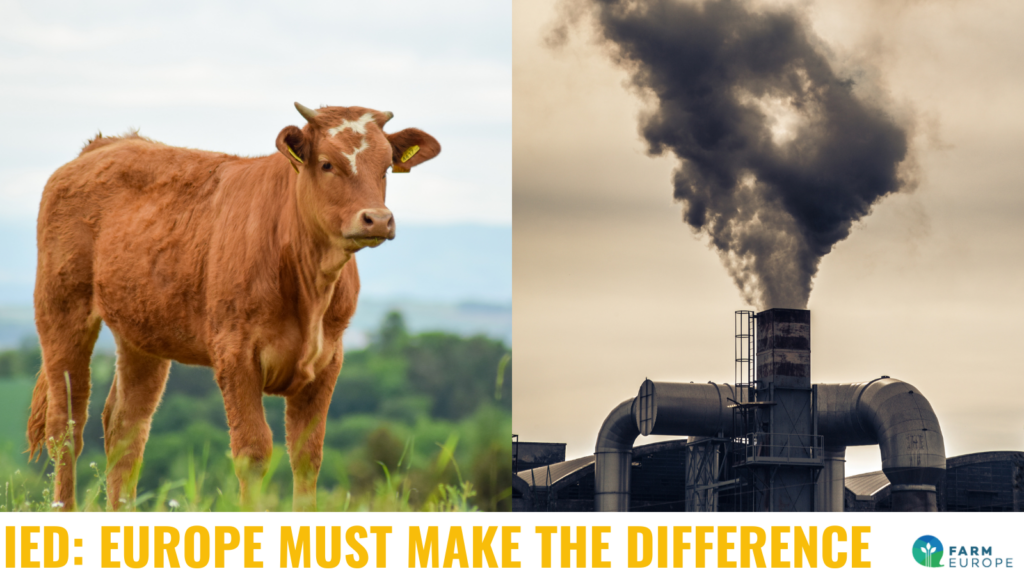Four months after the vote in plenary, the Trilogue of 9 November marks the end of the negotiations on the Restoration of Nature regulation. An agreement of the three institutions has been found although it will now have to go through the final scrutiny of the Council and Parliament.
While waiting for the final text of the agreement and the analysis of the details, which are sometimes crucial, we can already see that on the agricultural part, the agreement is closer to the Commission’s proposal and the Council’s position than to that of the Parliament, which had requested the deletion of Article 9, i.e. the complete exclusion of agricultural land from the regulation.
Instead, the agreement reinstates Article 9 and retains its structure but switches from a result-based to an effort-based approach. Furthermore, Member States can choose two of the three proposed indicators (butterfly index; organic carbon stock; share of farmland with high-diversity topographical features).
The reference to the 10 % objective of high diversity landscape features is deleted.
With regard to peatlands, the restoration targets from the Council general approach are maintained but the rewetting targets for 2040 and 2050 are reduced to a third.
On forest ecosystem restoration, the indicators on standing and lying deadwood have been recovered, and at least one of the two should be mandatory. The need for Member States to consider the risk of forest fires is included.
Probably to take into consideration the food security debate that has animated the protests against this regulation, the enhacement of food security has been included as an objective in Article 1 of the regulation.
Furthermore, with regard to financing, it is clarified that the implementation of this regulation does not imply the reprogramming of the Common Agricultural Policy, the Common Fisheries Policy or other agricultural and fisheries financing programmes and instruments under the current MFF. In addition, the European Commission is requested to submit a report on the financial resources available in the EU to implement this regulation and the current funding needs to identify any funding gaps and to present the necessary proposals, including the establishment of specific funding.
The Parliament obtains as well one of its demands, namely the obligation to plant, by 2030, 3 billion trees following ecological principles.
It is therefore an agreement that respects the framework desired by the Commission, with its targets and obligations for the Member States that will have to carry the burden of this regulation. However, the EP obtained some adjustments and flexibilities on agriculture in order not to have this regulation in complete contradiction with the challenge of food security, as the Commission proposal envisaged.
